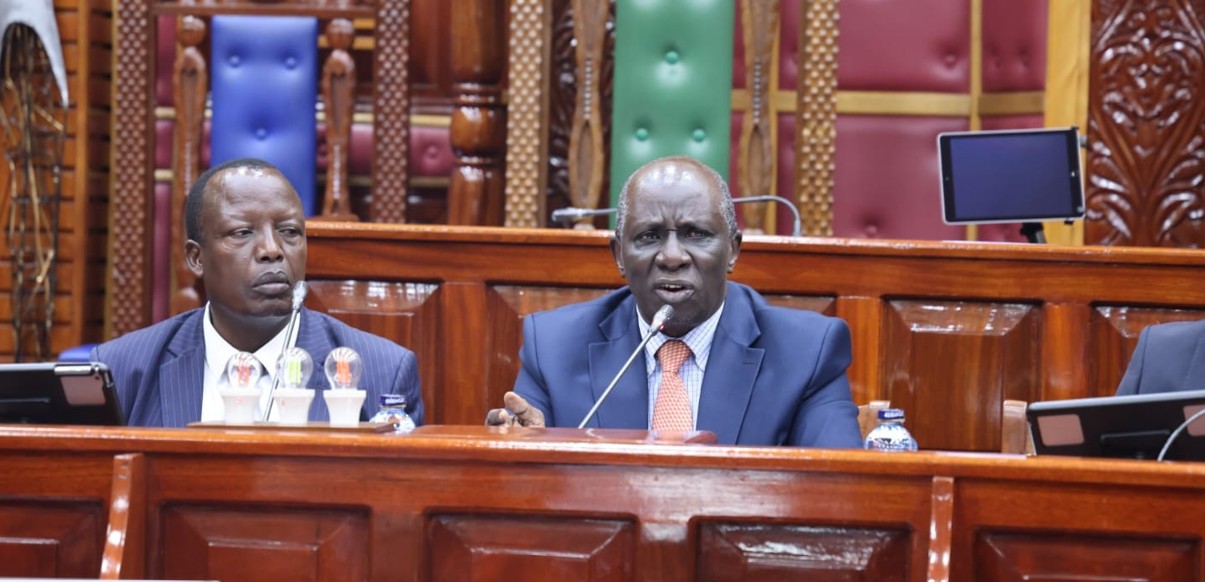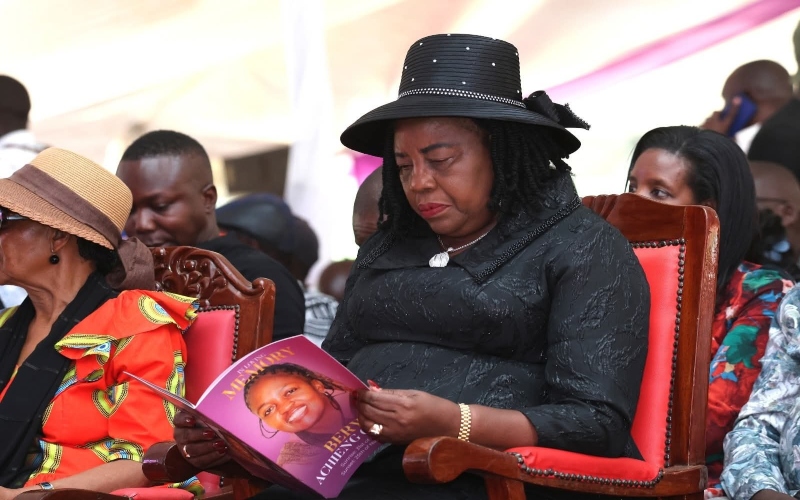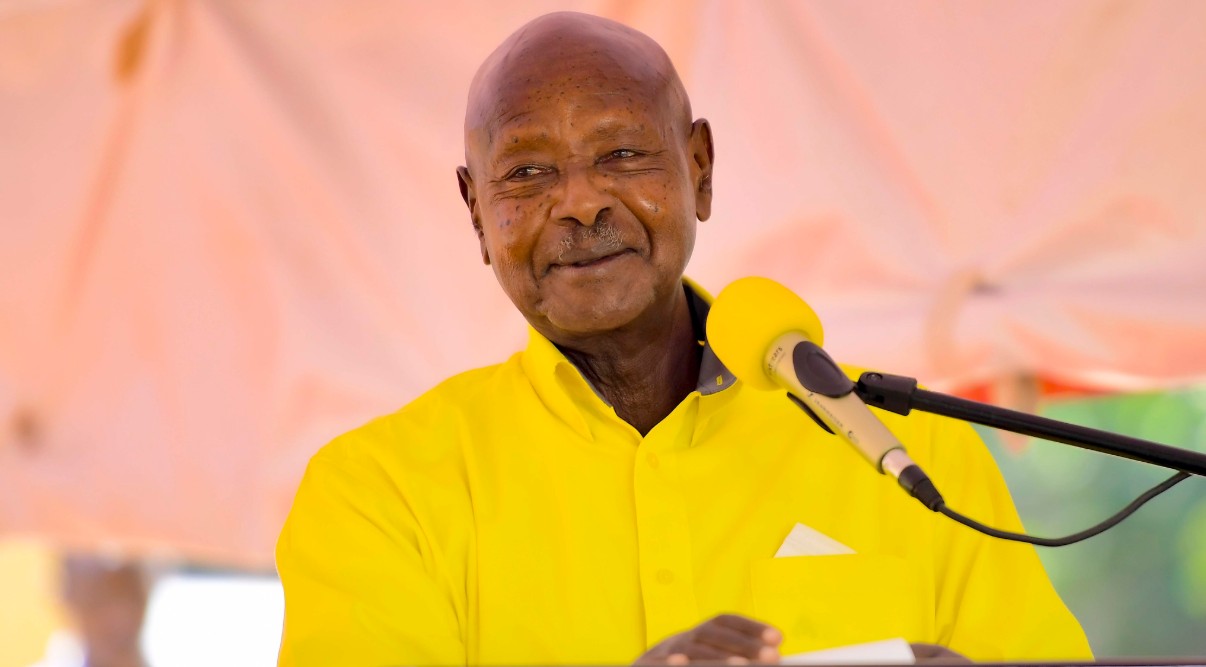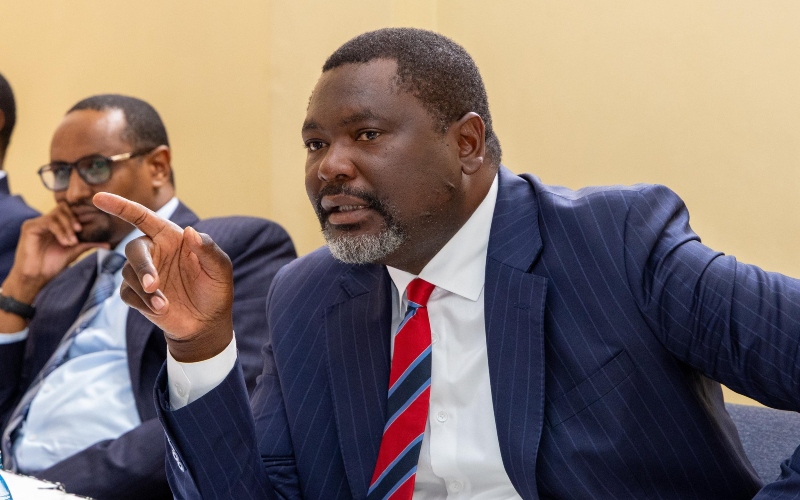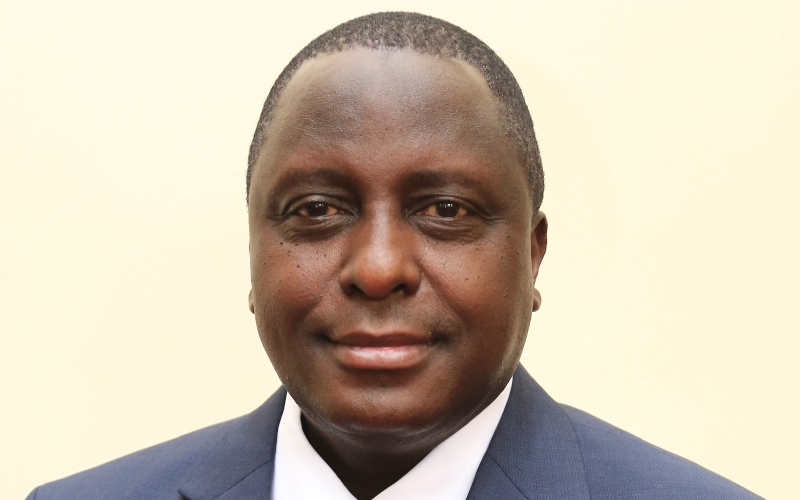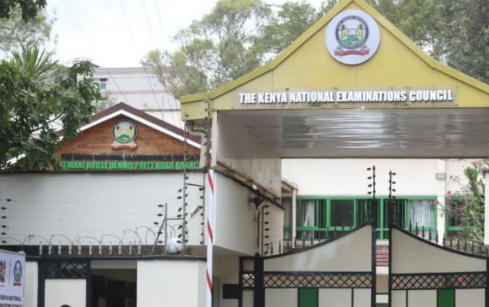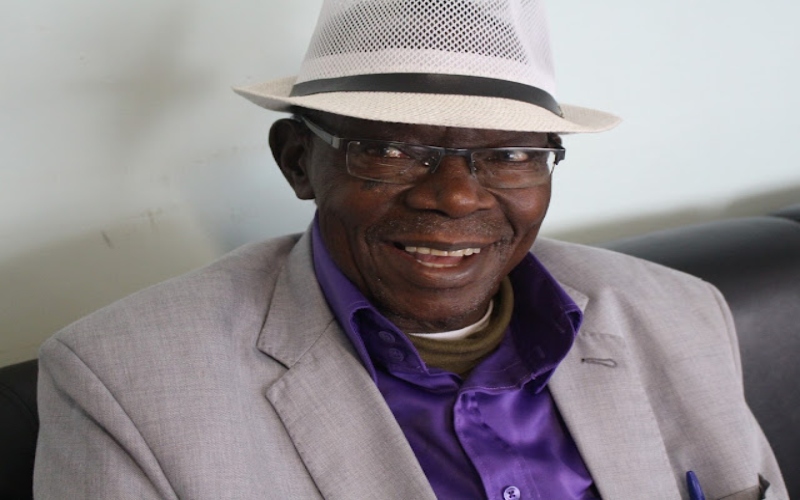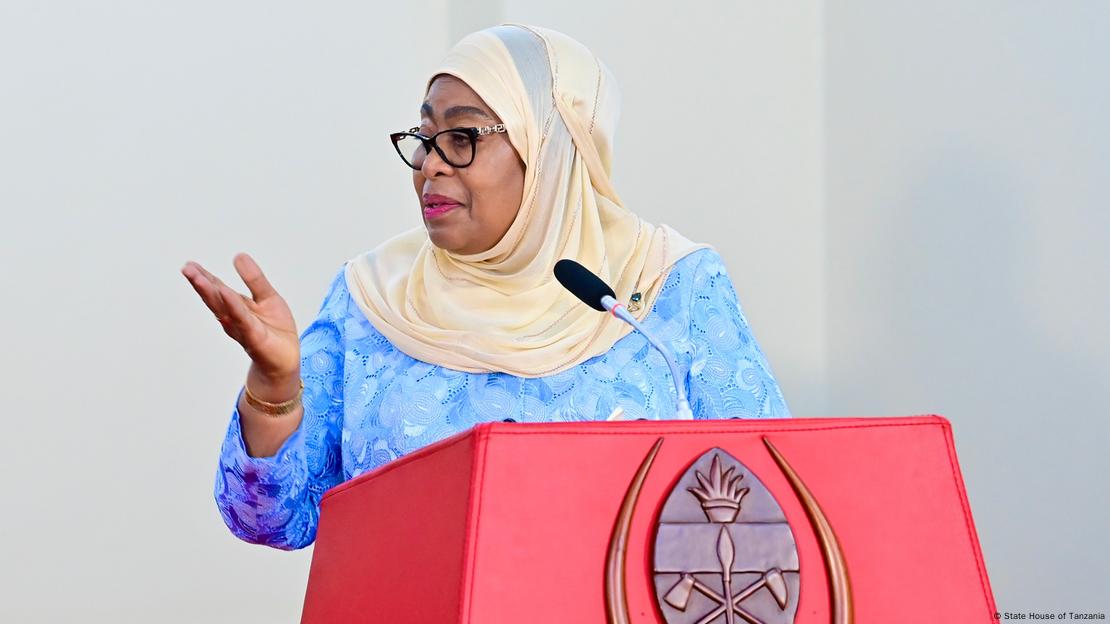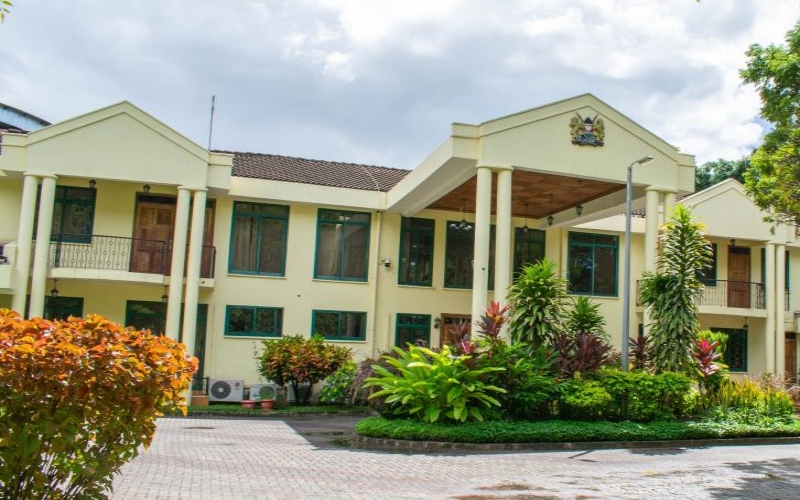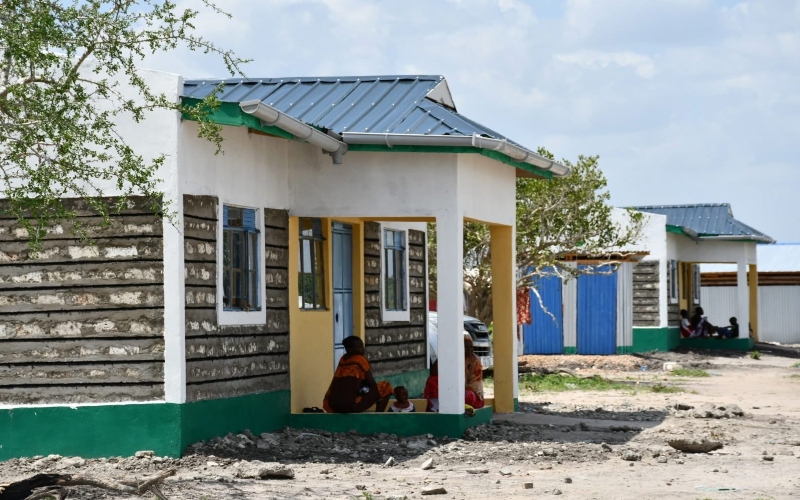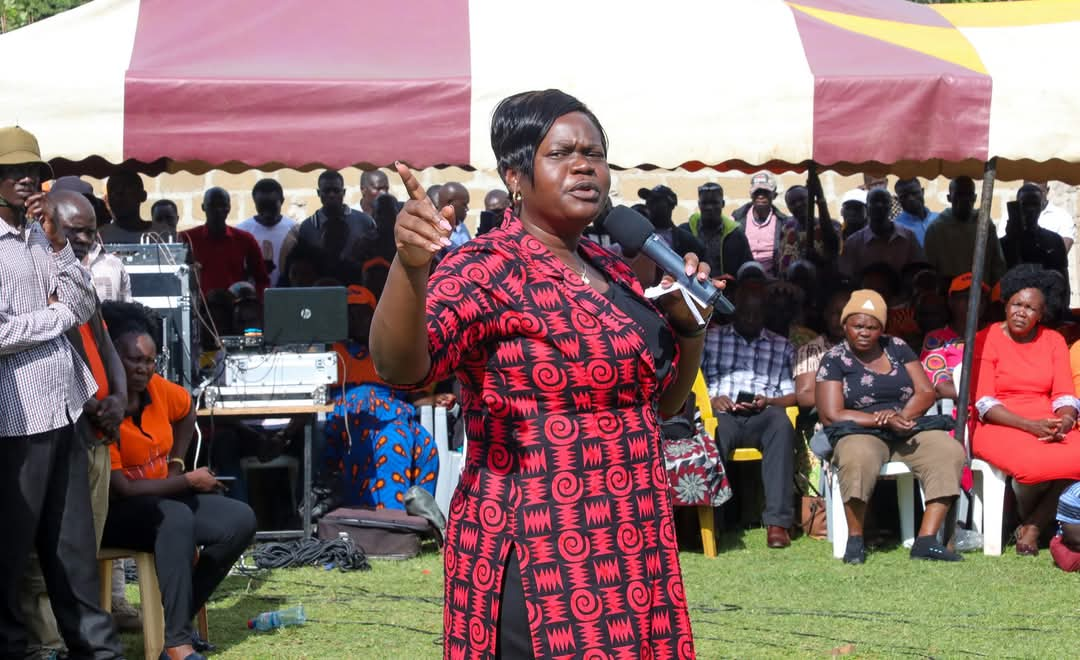MPs link deforestation to deadly landslides, call for stronger disaster preparedness plans
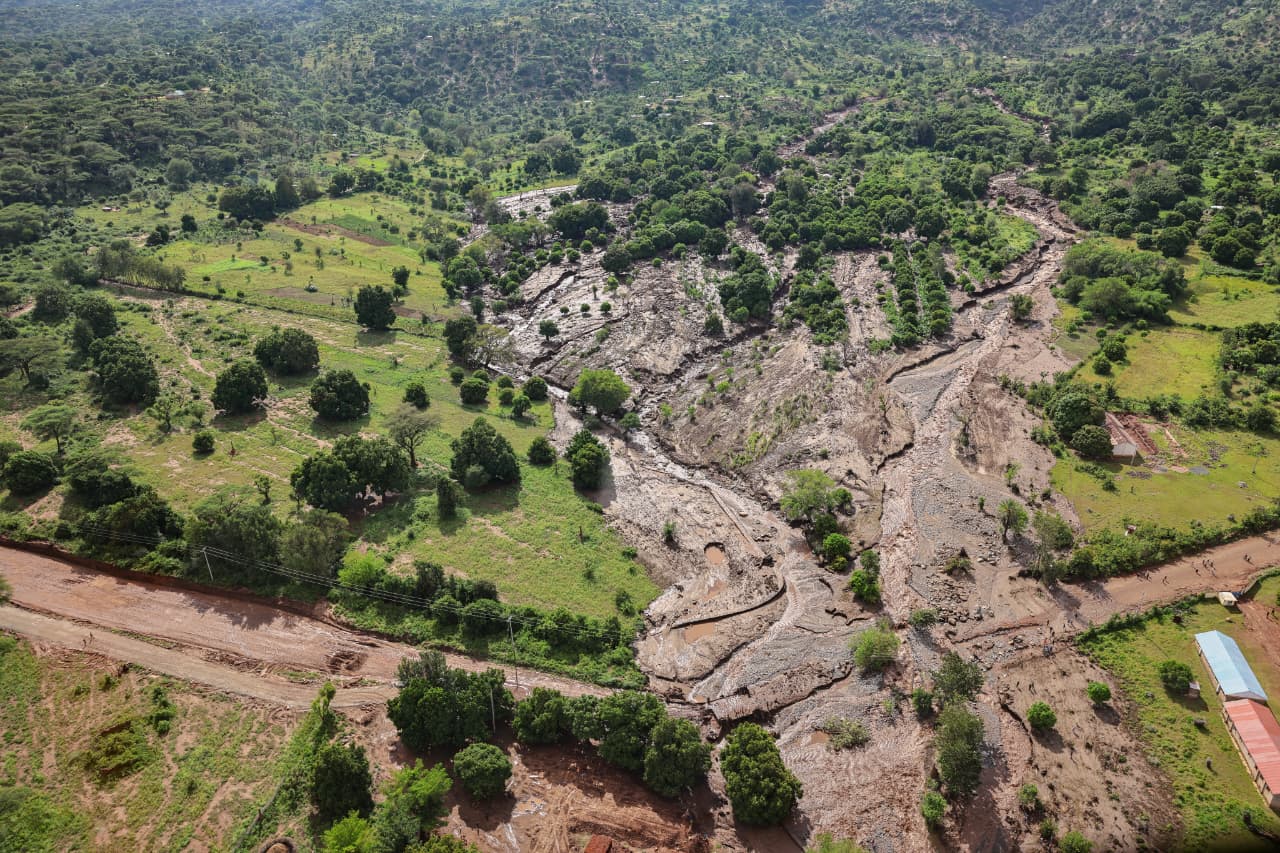
The Committee urged citizens to avoid flooded roads, rivers and bridges, to move away from steep slopes and low-lying areas, to cooperate with evacuation teams and to follow updates from the Kenya Meteorological Department and the Ministry of Interior.
A parliamentary committee has called for tighter environmental conservation measures to prevent recurring landslides, linking deforestation and poor land use practices to the devastation witnessed in parts of Elgeyo Marakwet.
The Departmental Committee on Regional Development raised the alarm over worsening floods and landslides affecting multiple counties, urging swift humanitarian intervention and stronger disaster preparedness.
More To Read
- Southeast Asia faces catastrophic floods as tropical storm kills 600 hundred
- Race against time as scientists urge immediate action on climate tipping points
- Africa’s land holds the future of climate adaptation: Why COP30 can’t overlook it
- Land is Africa’s best hope for climate adaptation: It must be the focus at COP30
- Garissa town residents call for urgent drainage fix as floodwaters swamp businesses, homes
- Mass burial for Elgeyo Marakwet mudslide victims scheduled for November 21
Speaking to journalists at Parliament Buildings on Wednesday, Committee Chairperson Peter Lochakapong (MP, Sigor) expressed deep concern for families affected by the disasters, which have already claimed 34 lives, displaced hundreds and destroyed homes, schools, roads and livelihoods.
“The Government of Kenya, under the directive of President William Ruto, has activated multi-agency emergency response protocols involving the National and County Governments, the National Disaster Management Unit (NDMU), the Kenya Defence Forces, the Kenya Red Cross, and other humanitarian partners. We want those tasked with the humanitarian efforts to move with speed and ensure that no more lives are lost,” Lochakapong said.
He was flanked by Vice Chairperson Liza Chelule (Nakuru County Woman Representative), Khamis Abdi Chome (Voi), Basil Robert (Yatta) and Paul Abuor (Rongo).
The affected areas include Chesongoch in Elgeyo Marakwet, Kimende Escarpment in Kiambu, Kamutungi in Embu, Tinderet in Nandi and Narok South, with additional emergencies reported in Tana River, Laikipia and the Lake Basin region.
The Committee urged citizens to avoid flooded roads, rivers and bridges, to move away from steep slopes and low-lying areas, to cooperate with evacuation teams and to follow updates from the Kenya Meteorological Department and the Ministry of Interior.
It also cautioned against spreading unverified information that could cause panic, urging coordination with local authorities.
Lochakapong announced that Parliament is finalising the Disaster Risk Management Bill, which will establish a stronger legal and institutional framework for disaster preparedness, response and recovery.
“This tragedy serves as a painful reminder of the urgent need to strengthen our disaster preparedness and climate resilience measures,” he said.
Rongo MP Paul Abuor said the Committee plans a fact-finding tour of affected regions to assess damage and hear directly from victims.
“We have observed that deforestation is a major contributing factor to these landslides. Environmental conservation must be at the heart of our disaster mitigation efforts,” he said.
Committee Vice Chairperson Liza Chelule extended condolences to families that lost loved ones and appealed for parental vigilance during the heavy rains, especially with schools closed for the December holidays.
“We want to urge parents, especially mothers, to keep a close watch over their children during this period to ensure they do not fall victim to flood-related accidents,” she said.
The Committee called on the international community, the private sector and well-wishers to support relief operations with donations, technical support and humanitarian aid.
“Together, we can and will rebuild stronger, safer and more resilient communities for the future,” Chelule said.
The Chesongoch tragedy in Elgeyo Marakwet struck four villages, including Kasegei, Kaptul, Kwemoi, and Kipkirown, blocking access to roads and delaying humanitarian aid.
Kenya Red Cross North Rift Regional Head Oscar Okumu described the challenges, saying the area was completely inaccessible after the landslides cut off all roads.
“Our teams are trekking long distances, sometimes up to three kilometres, across rivers and unstable ground to reach victims,” he said.
He added that temporary shelters were being set up to coordinate relief operations.
By Monday evening, the government confirmed 32 deaths in Chesongoch, with two more in Kipkenda, bringing the total toll in Elgeyo Marakwet to 34.
Thirty-one survivors are receiving treatment at Moi Teaching & Referral Hospital (MTRH), Iten County Hospital, and a military unit. Drones and GIS technology are being deployed to locate victims in unsafe areas, and Chesongoch Primary School has been converted into a temporary camp for 200 displaced households.
Okumu warned of a looming public health crisis due to poor sanitation and limited clean water. The Red Cross has expanded relief to include water, sanitation and hygiene services, psychosocial support and assistance for residents with chronic illnesses.
Psychosocial teams are also offering counselling at St Benedict’s Adoration Chapel.
Experts say recurring floods and landslides in Elgeyo Marakwet and other regions are driven by heavy rainfall, deforestation and human settlements on unstable slopes. Authorities stress that without proper mitigation, such tragedies will continue.
Government Spokesman Isaac Mwaura said emergency response efforts are now focused on recovery, mitigation and restoring essential services such as electricity and water pipelines.
Top Stories Today
